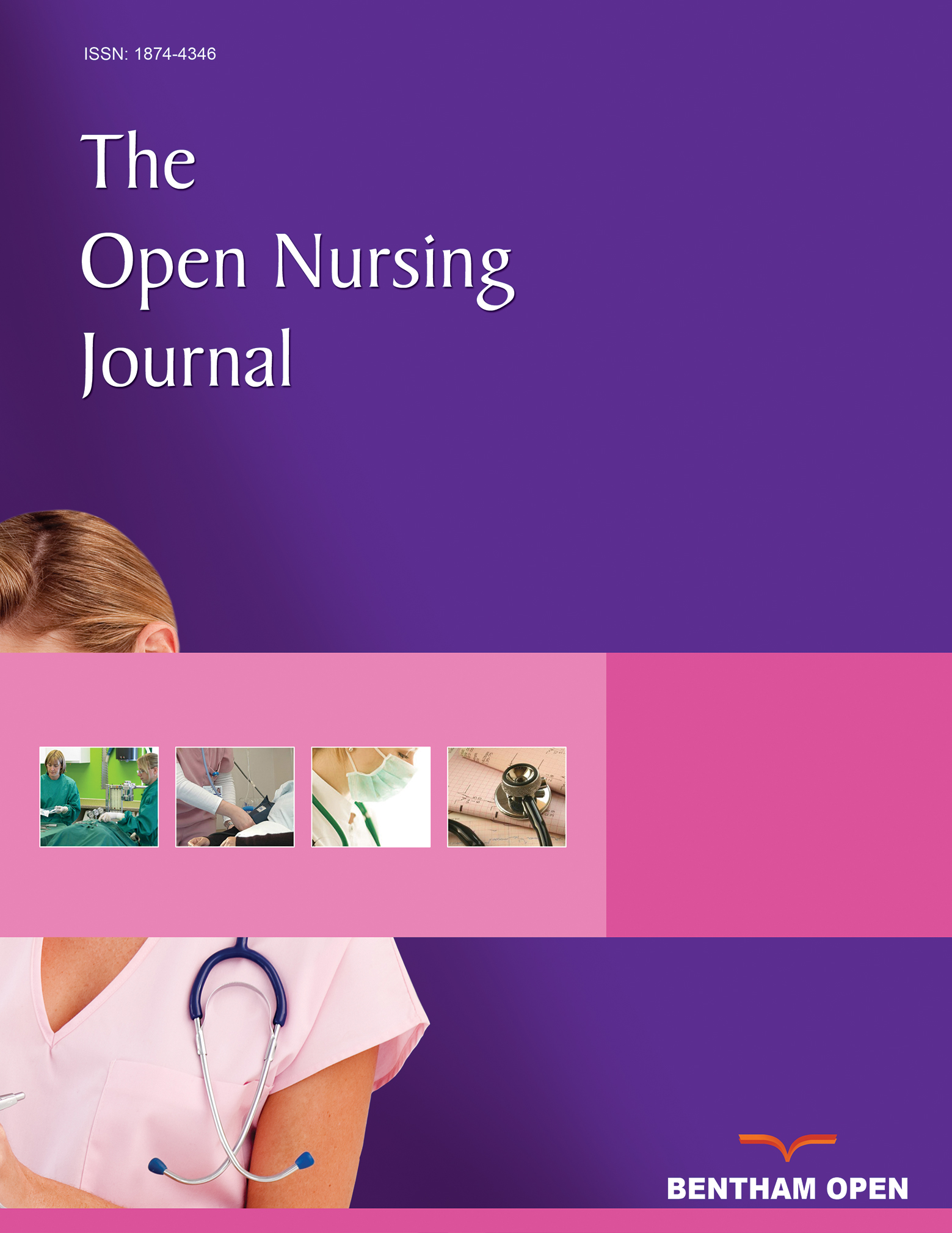Nurses’ Knowledge toward Hepatitis B and Hepatitis C in Guilan, Iran
Abstract
Background:
Health care workers (HCWs) represent high risk population for viral hepatitis infection.
Objectives:
This study sought to assess the knowledge of HCWs regarding hepatitis B (HBV) and hepatitis C (HCV) infection.
Methods:
In a multi-center cross sectional study, all HCWs from eight teaching hospitals were invited to participate in the study and to fill in a self-administered questionnaire.
Results:
A total of 1008 eligible HCWs have responded to the study. A high proportion of the study participants (55.4% and 52.9%) had unsatisfactory knowledge about HBV and HCV. Mean knowledge score toward HBV was significantly higher among more educated staff, p <0.001 and vaccinated personnel, P=0.02. Majority of responders answered correctly to transmission questions toward HBV and HCV (90% and 80%, respectively). There was statistically significant difference in only transmission domain score between various hospitals (p<0.05). The highest scores were related to surgical hospital.
Conclusion:
Although more than ninety percent of our participants were educated about HBV and HCV, knowledge about nature of disease, prevention, treatment and vaccine availability was unsatisfactory. Continuous training program toward viral infection is a matter of necessity.


